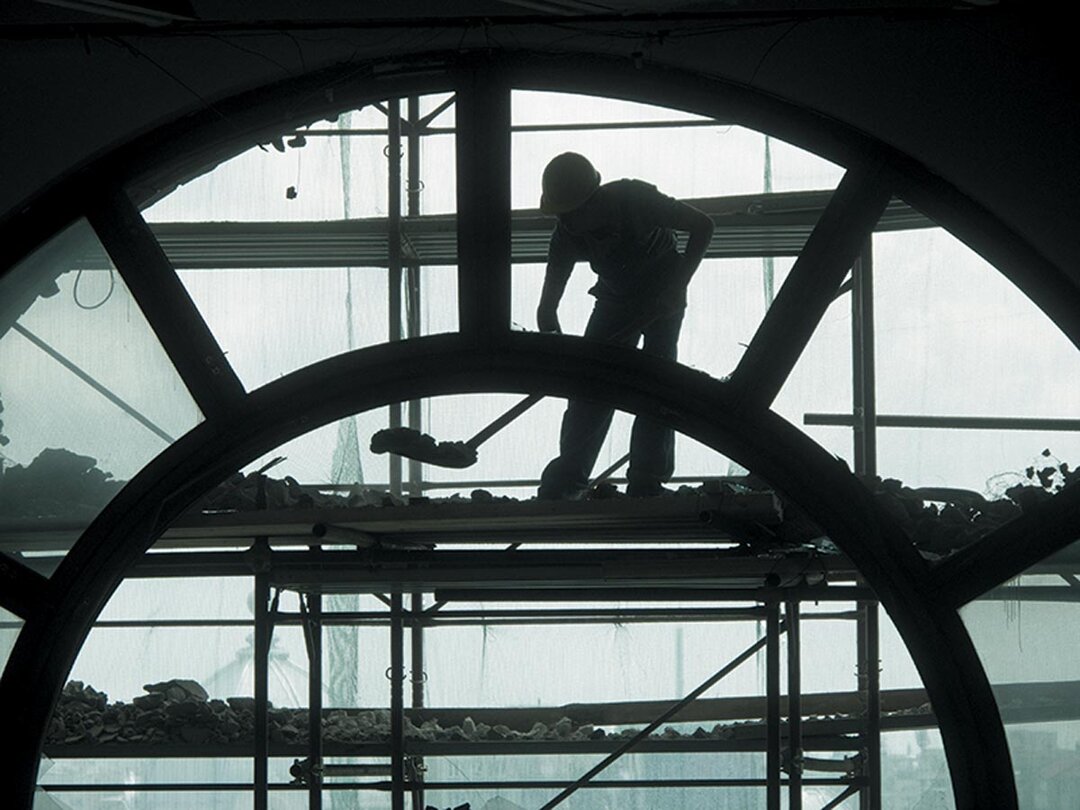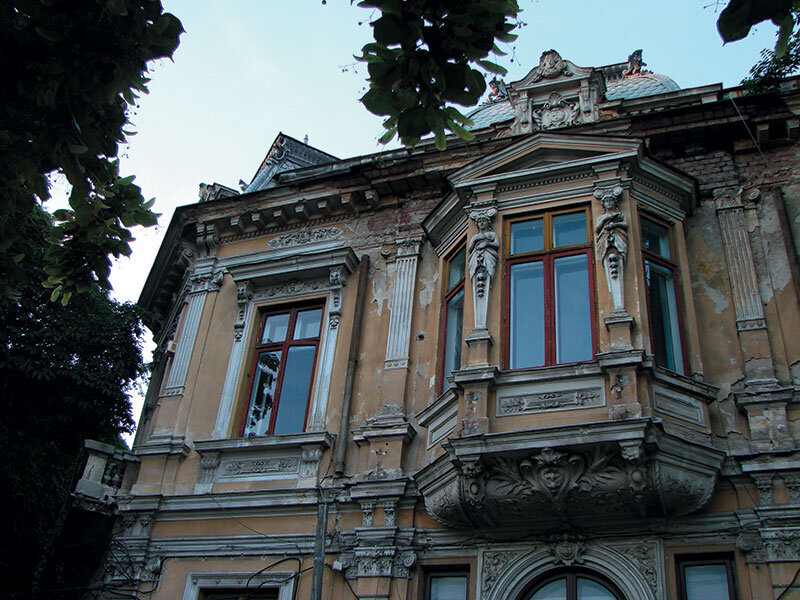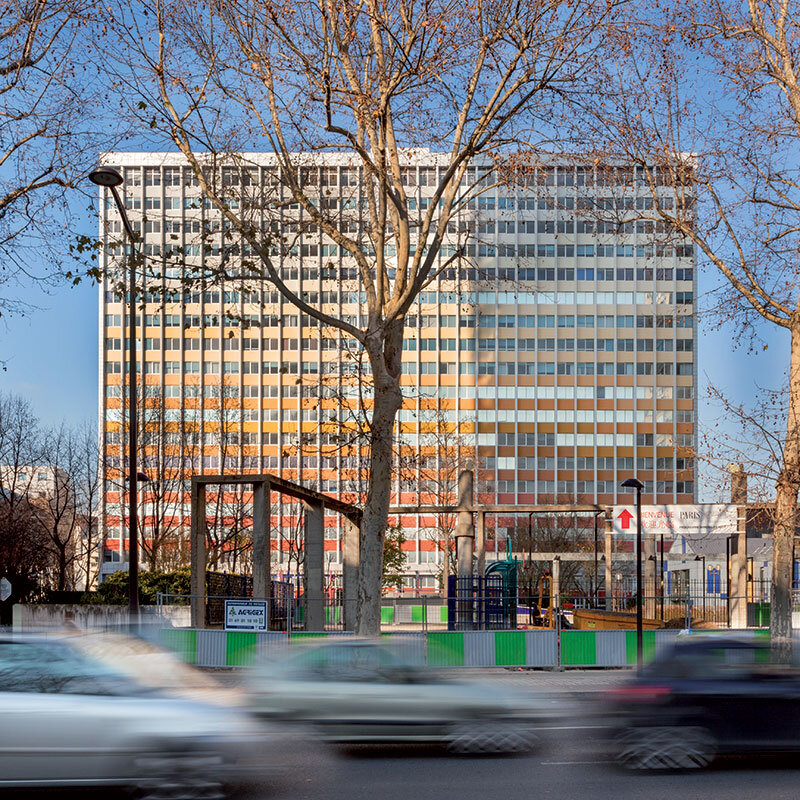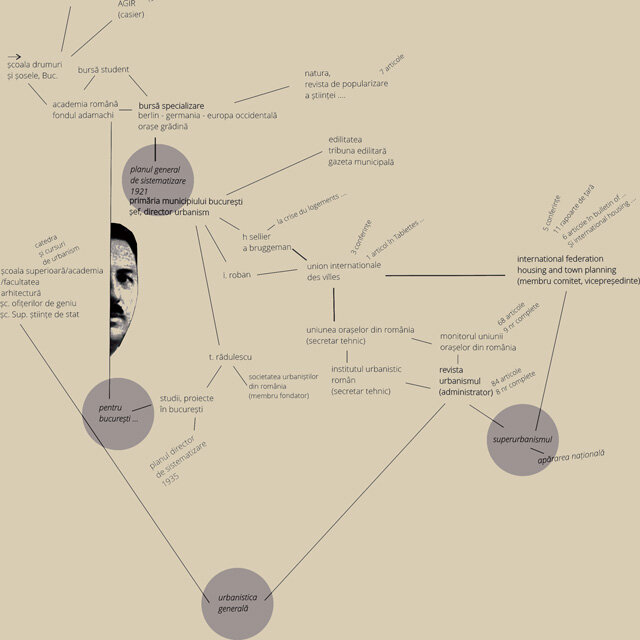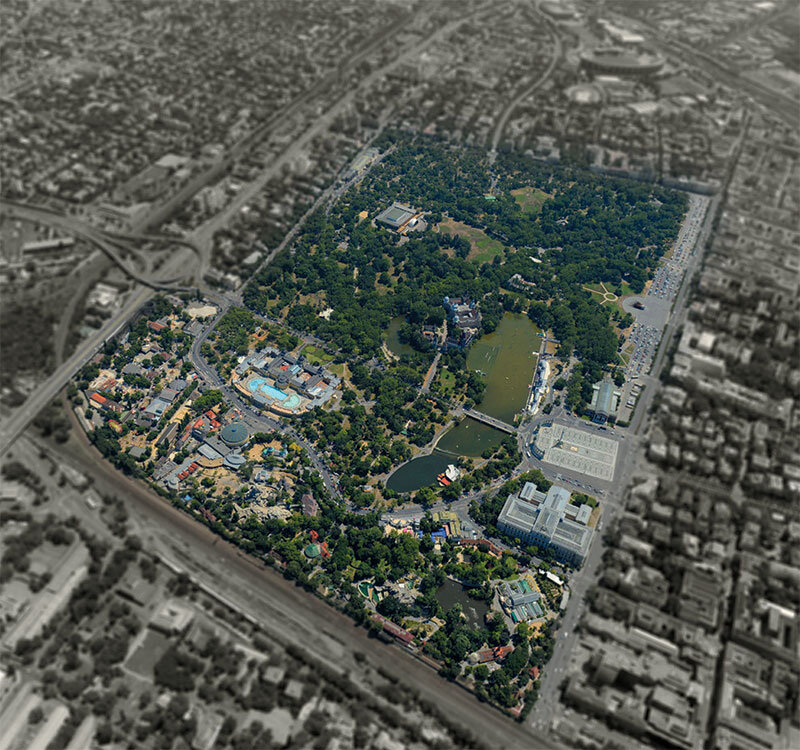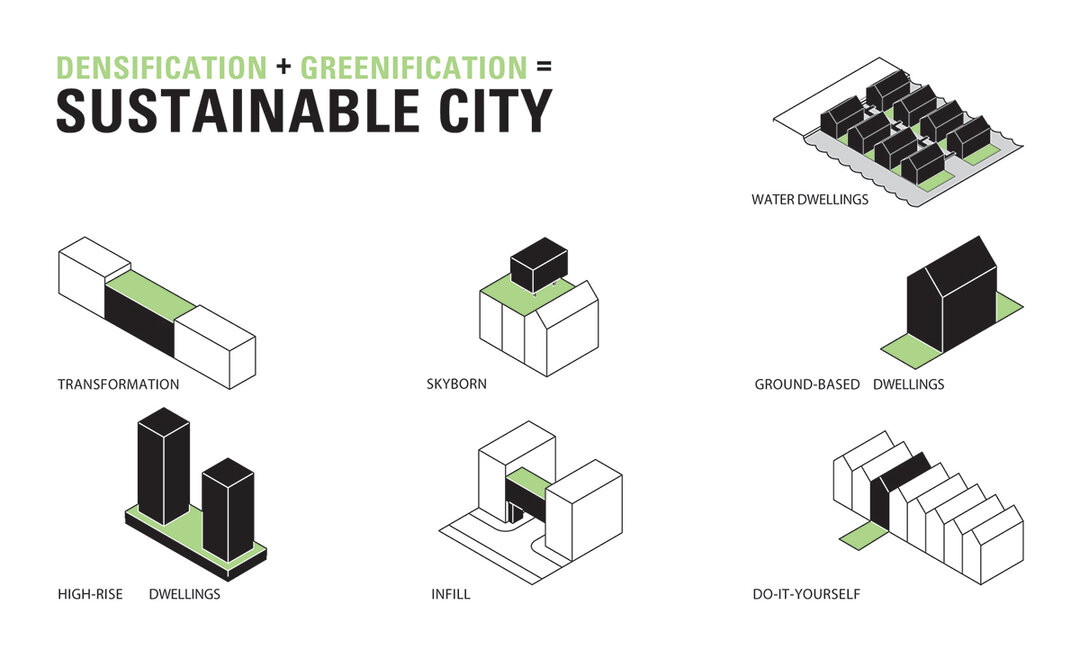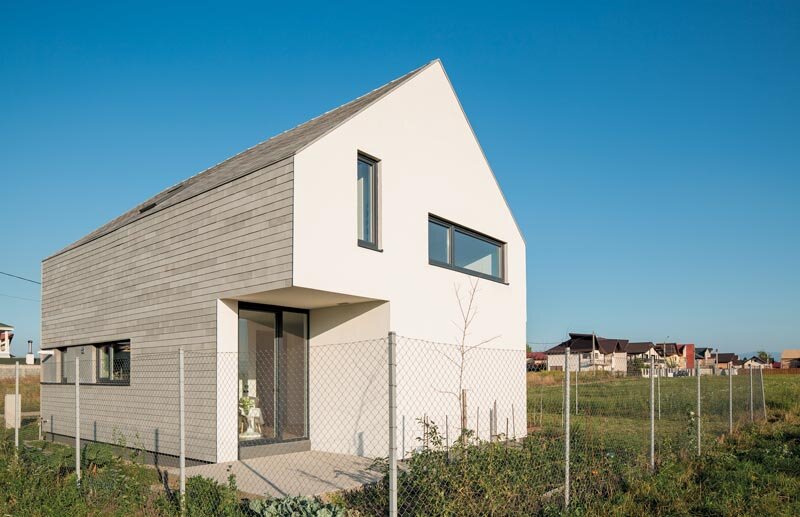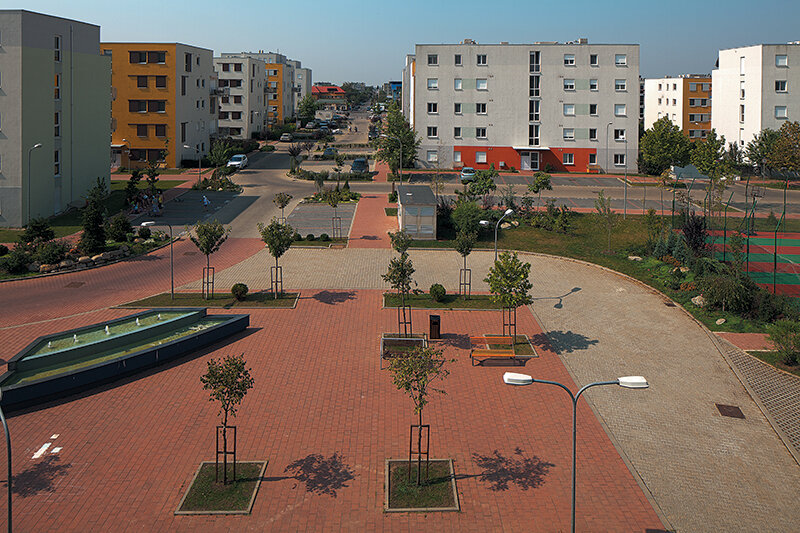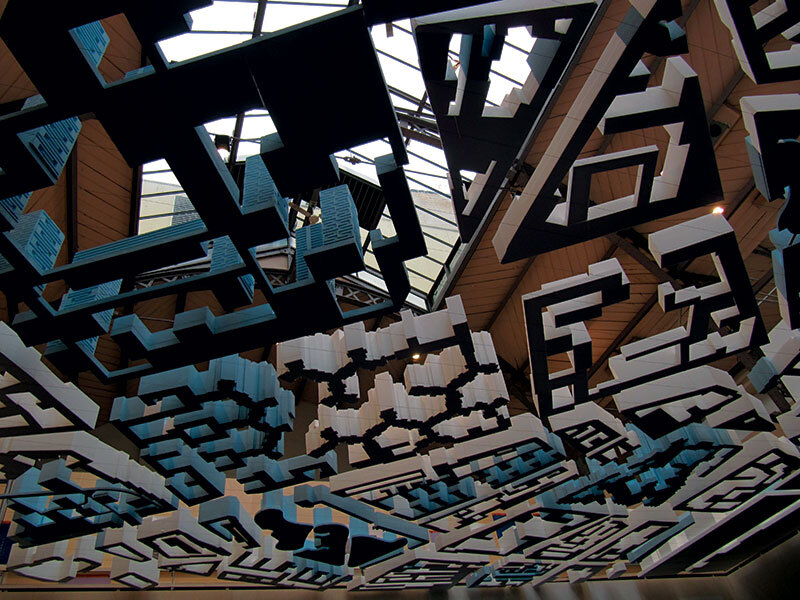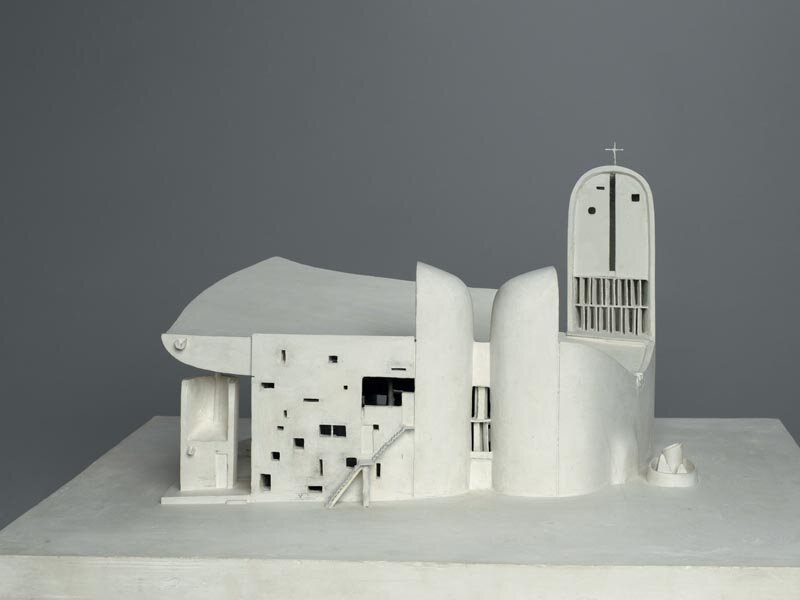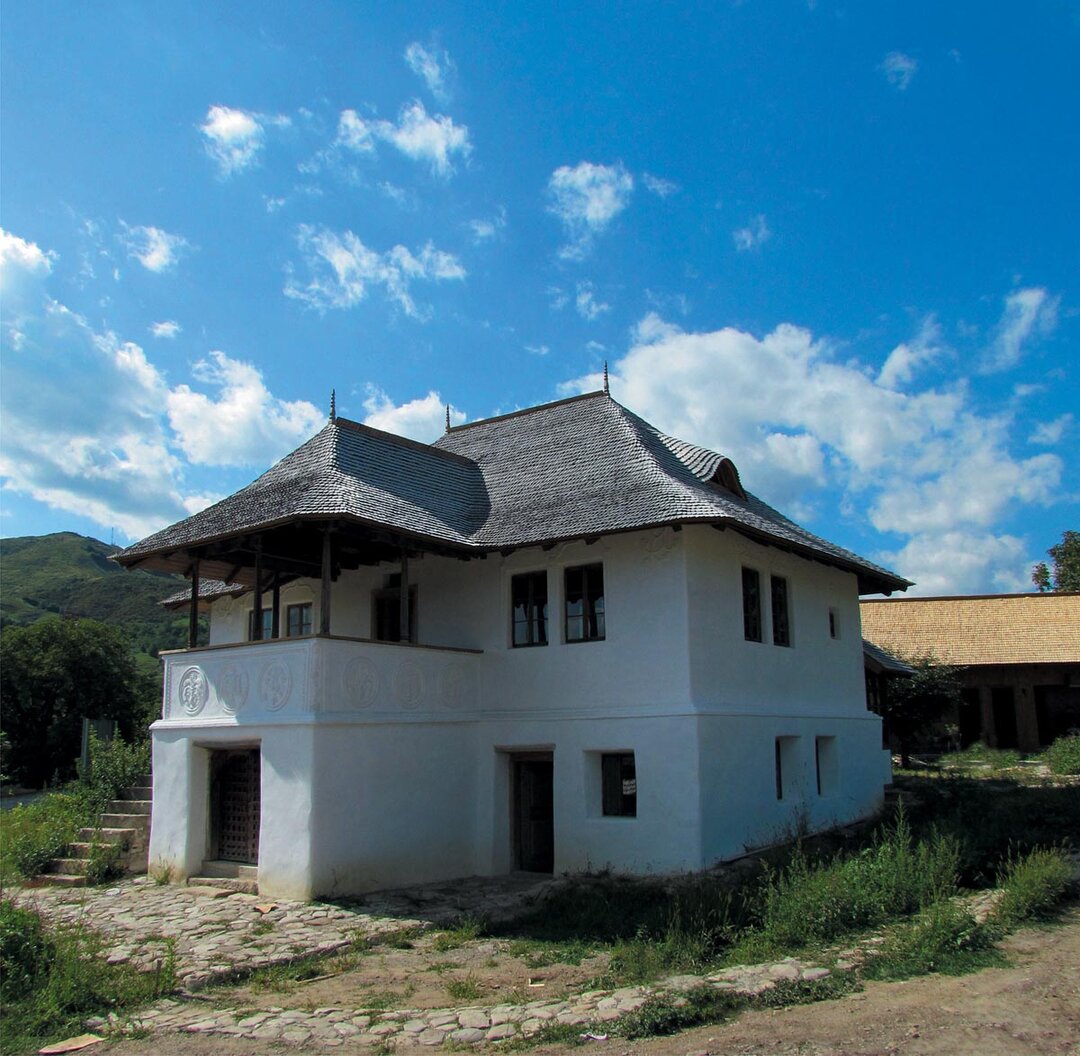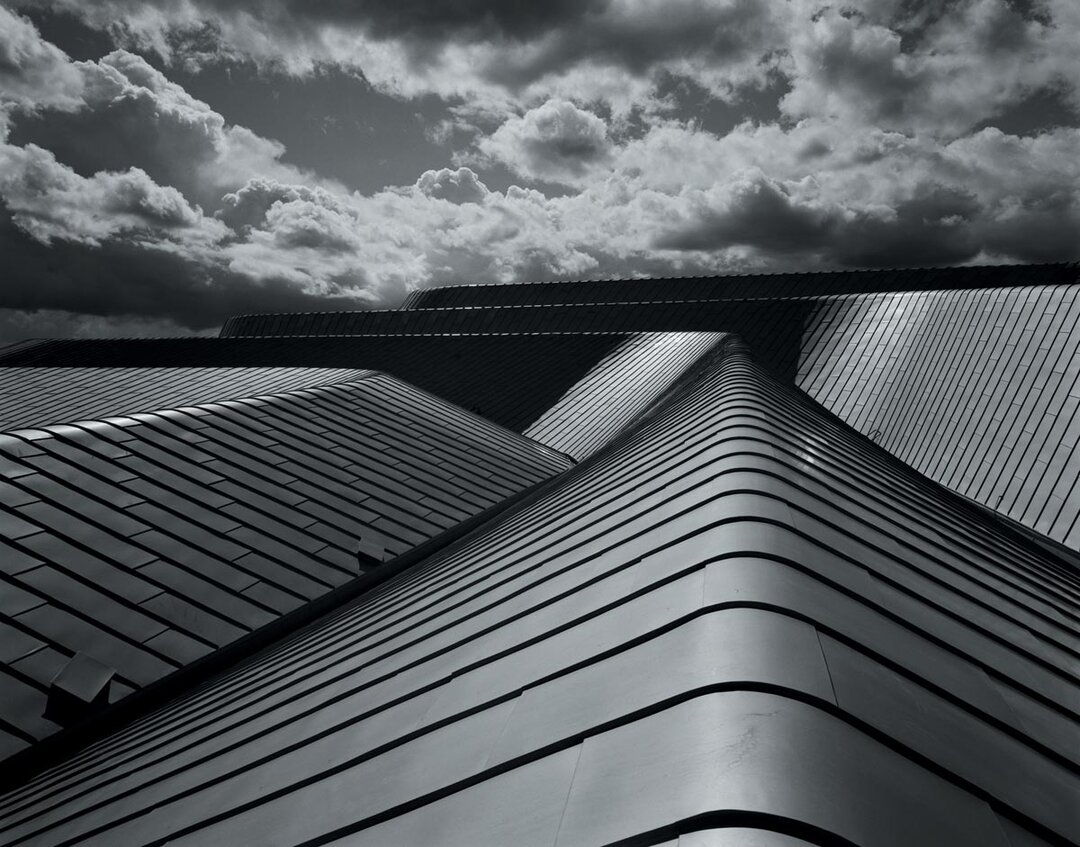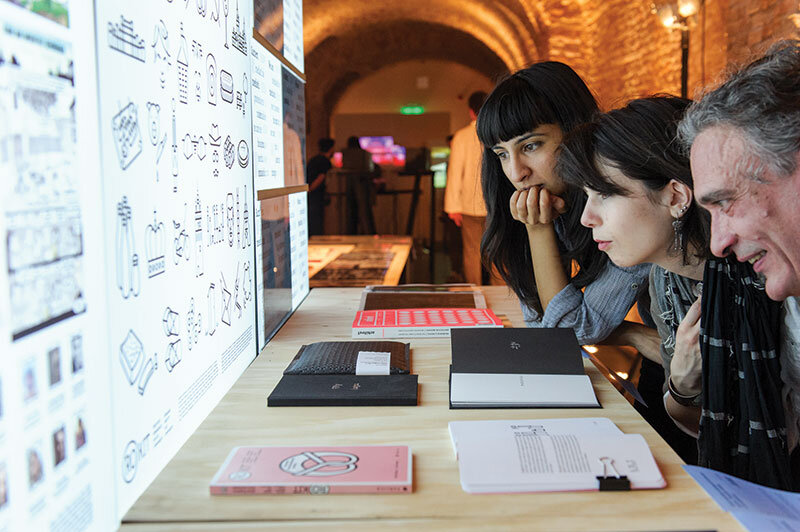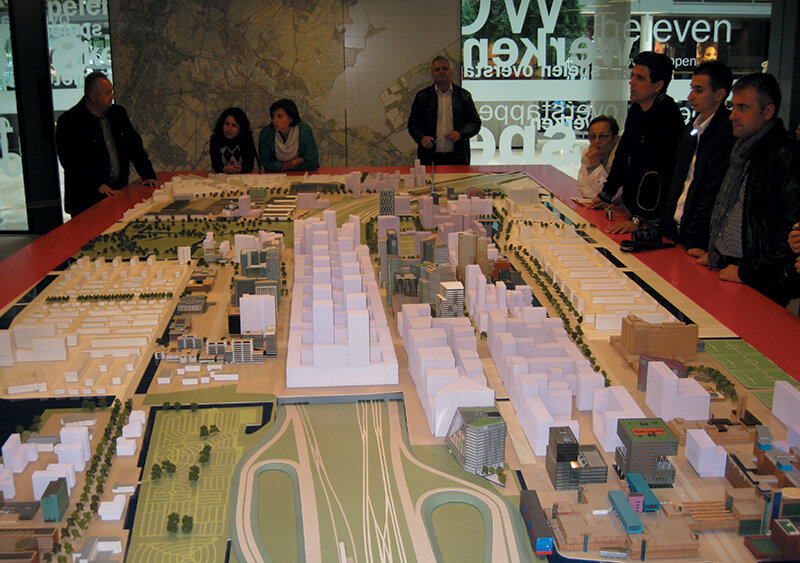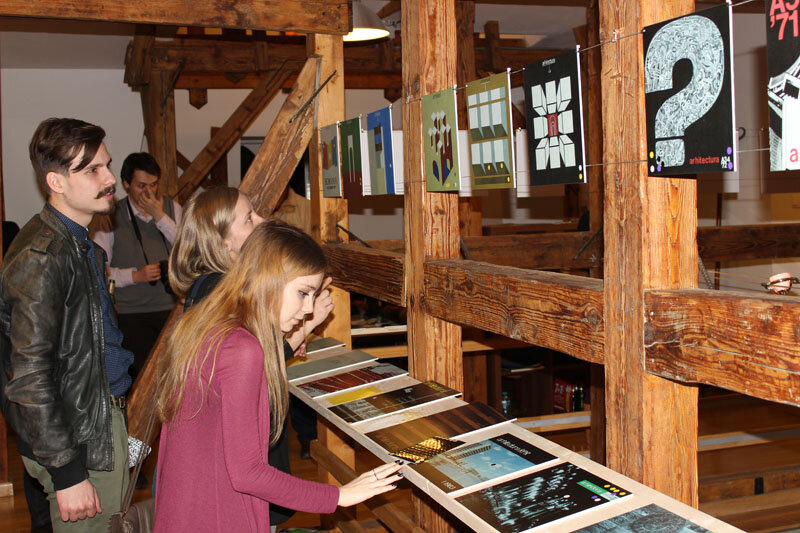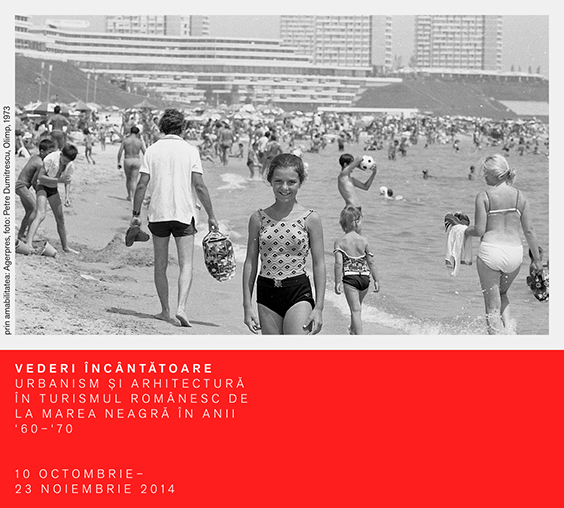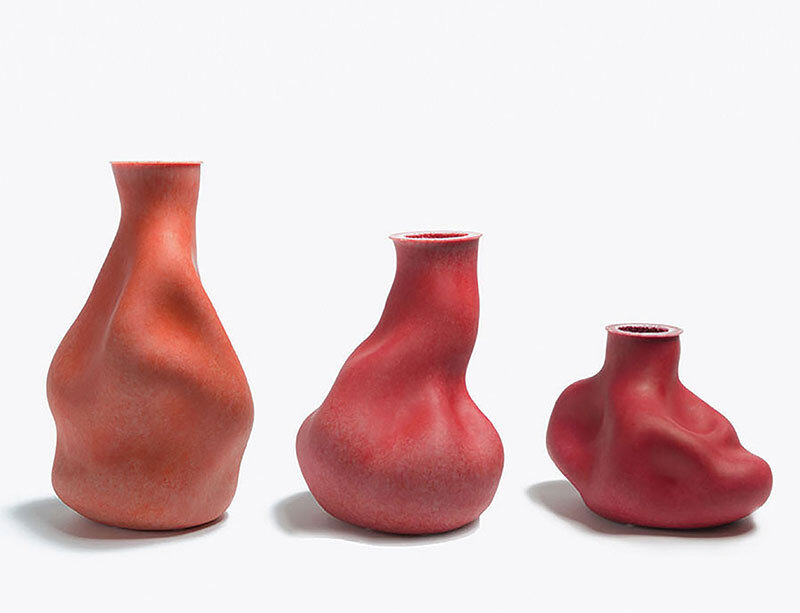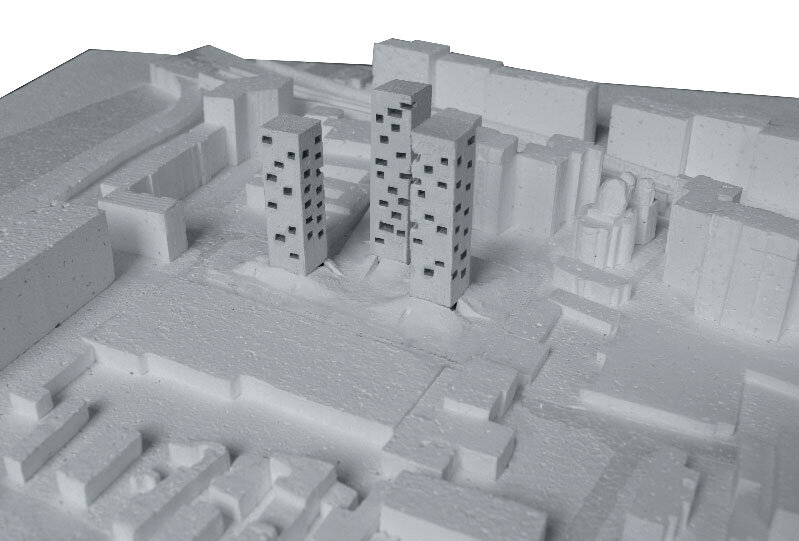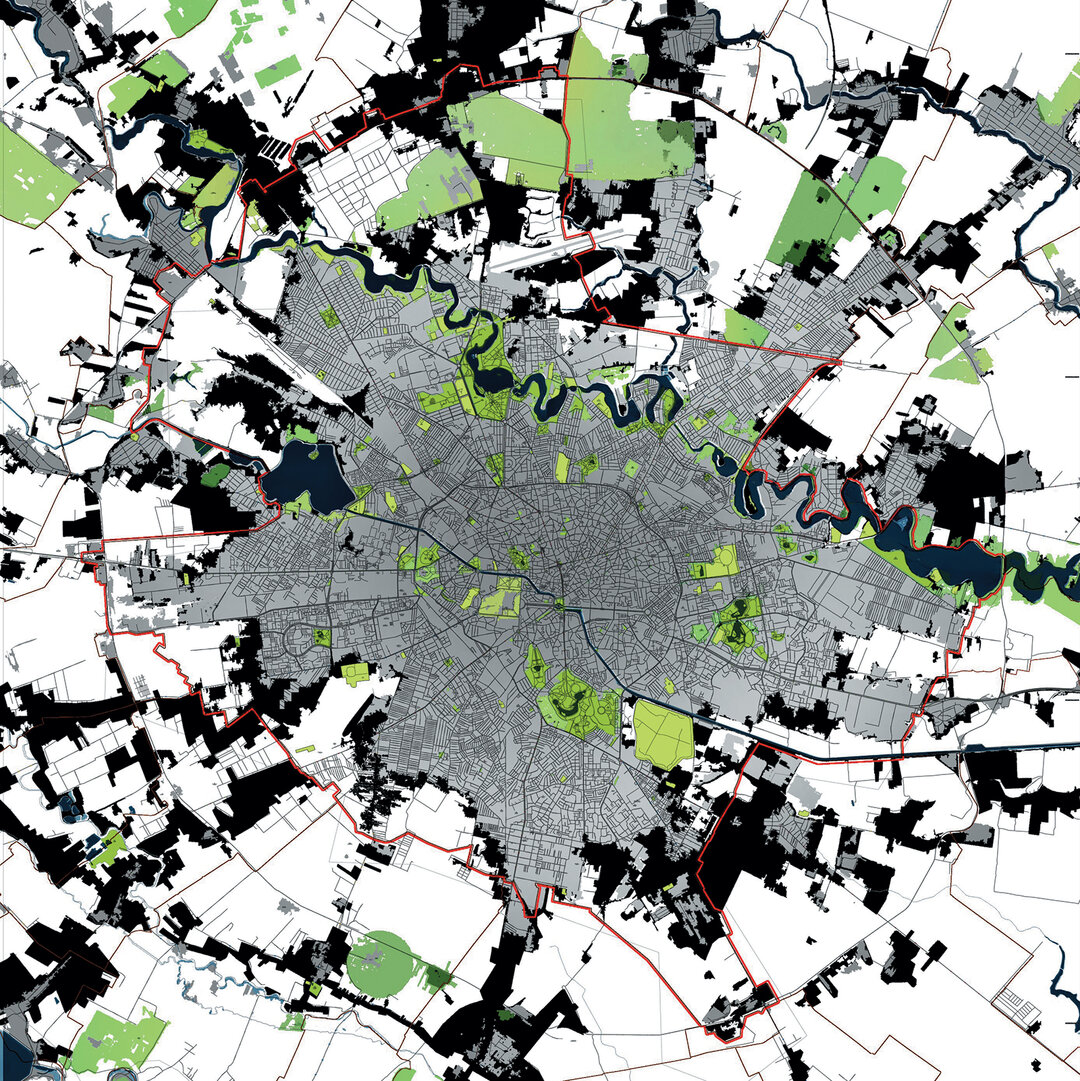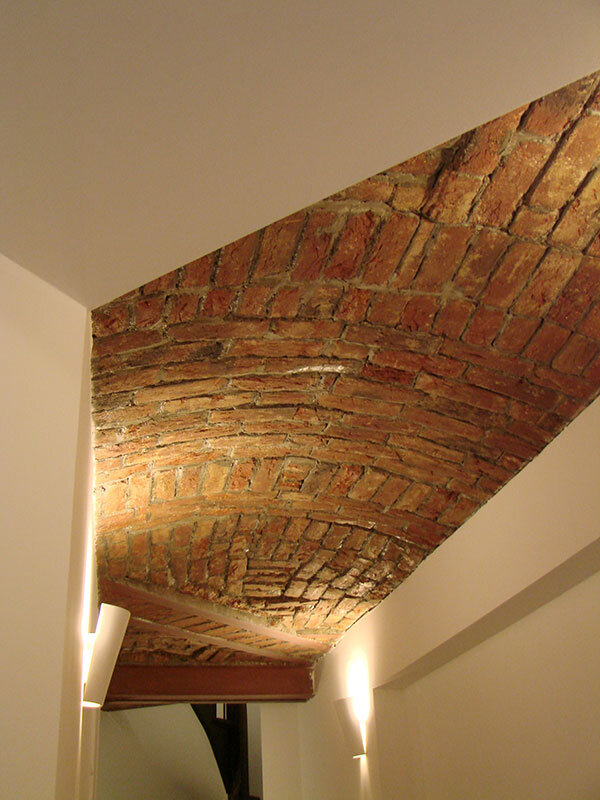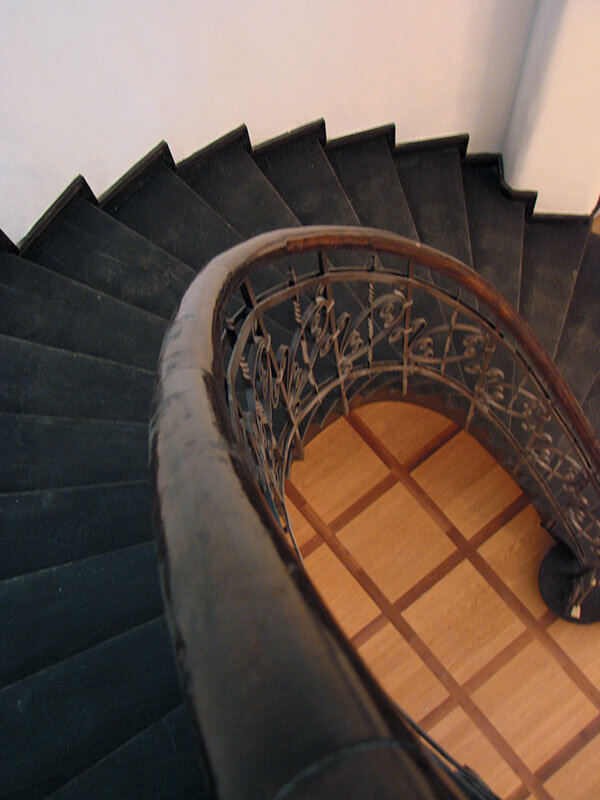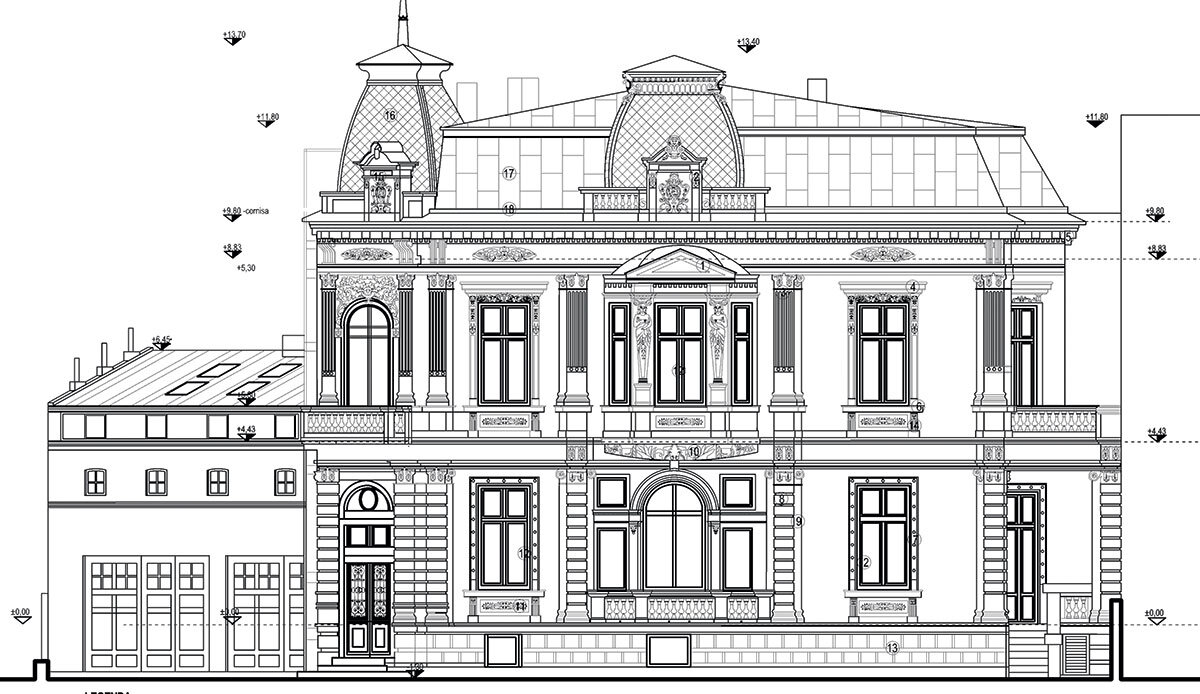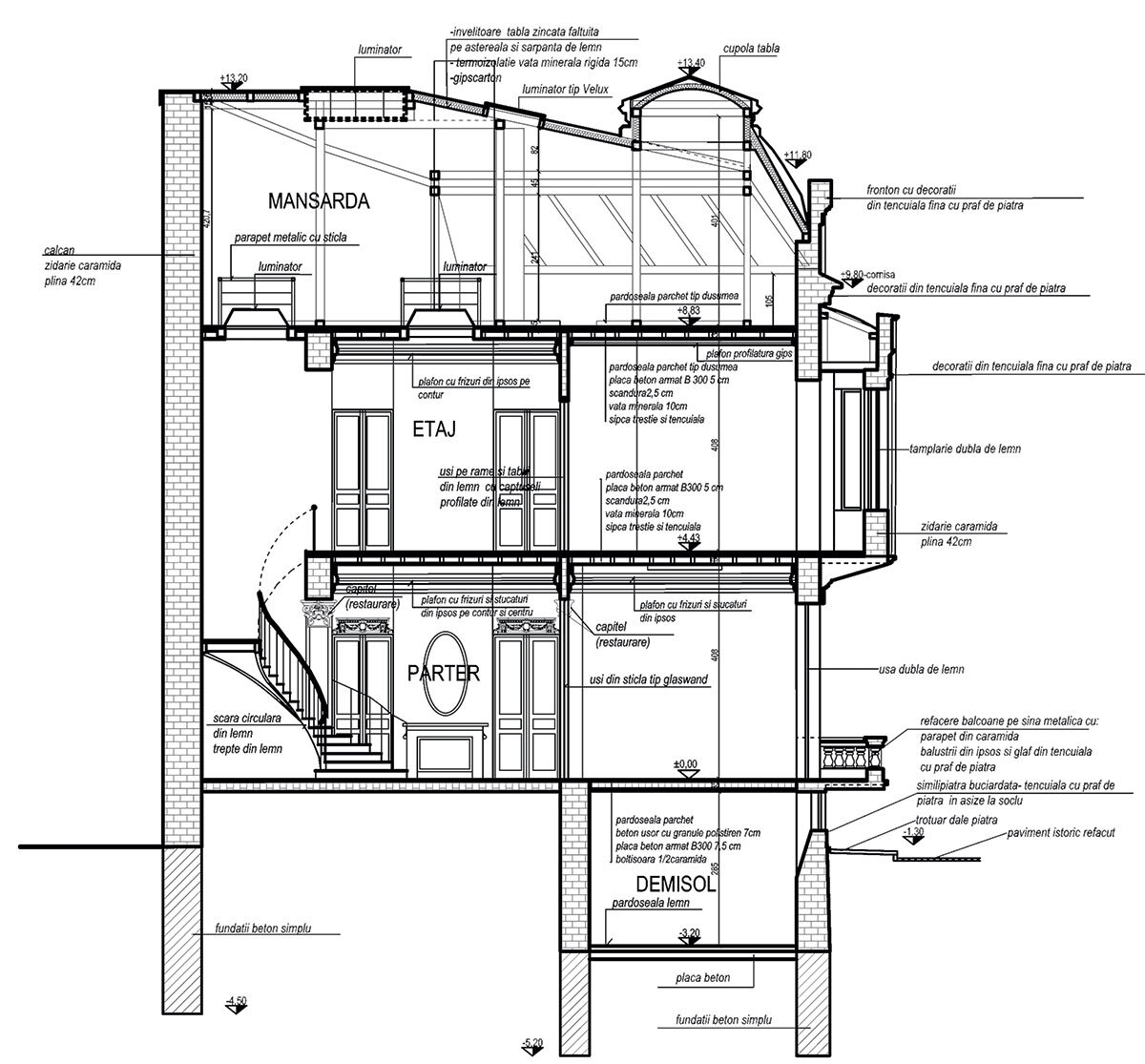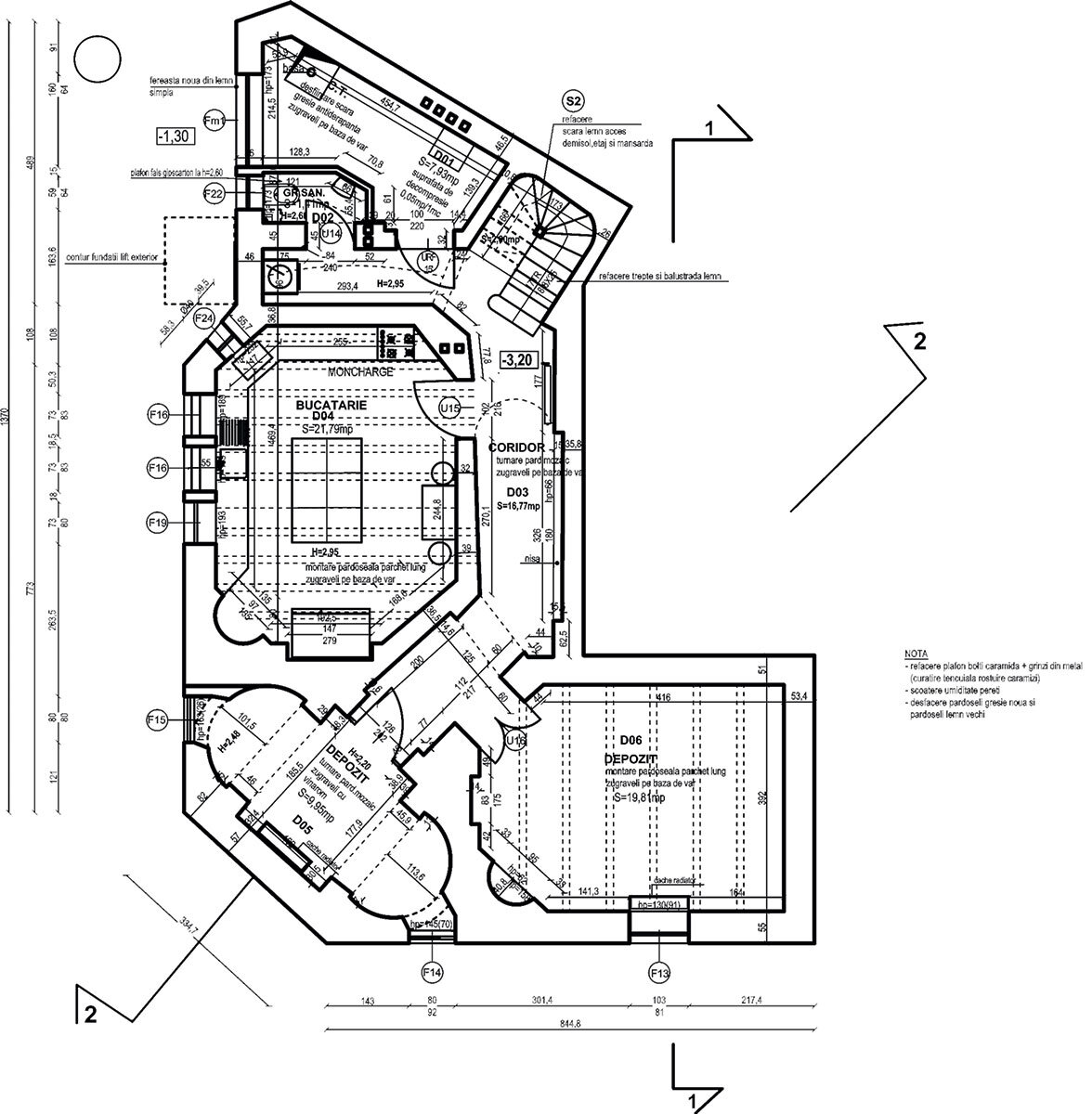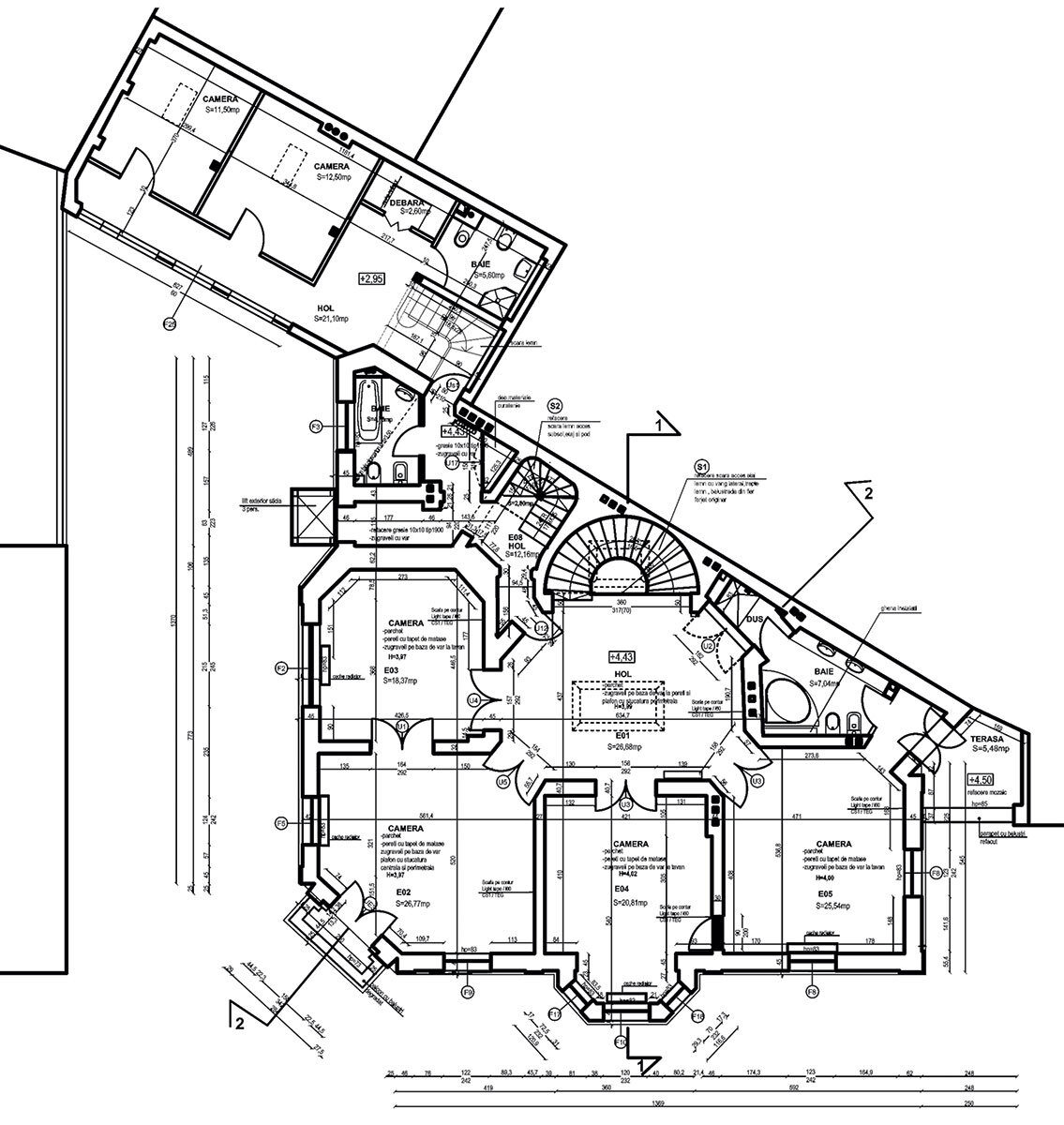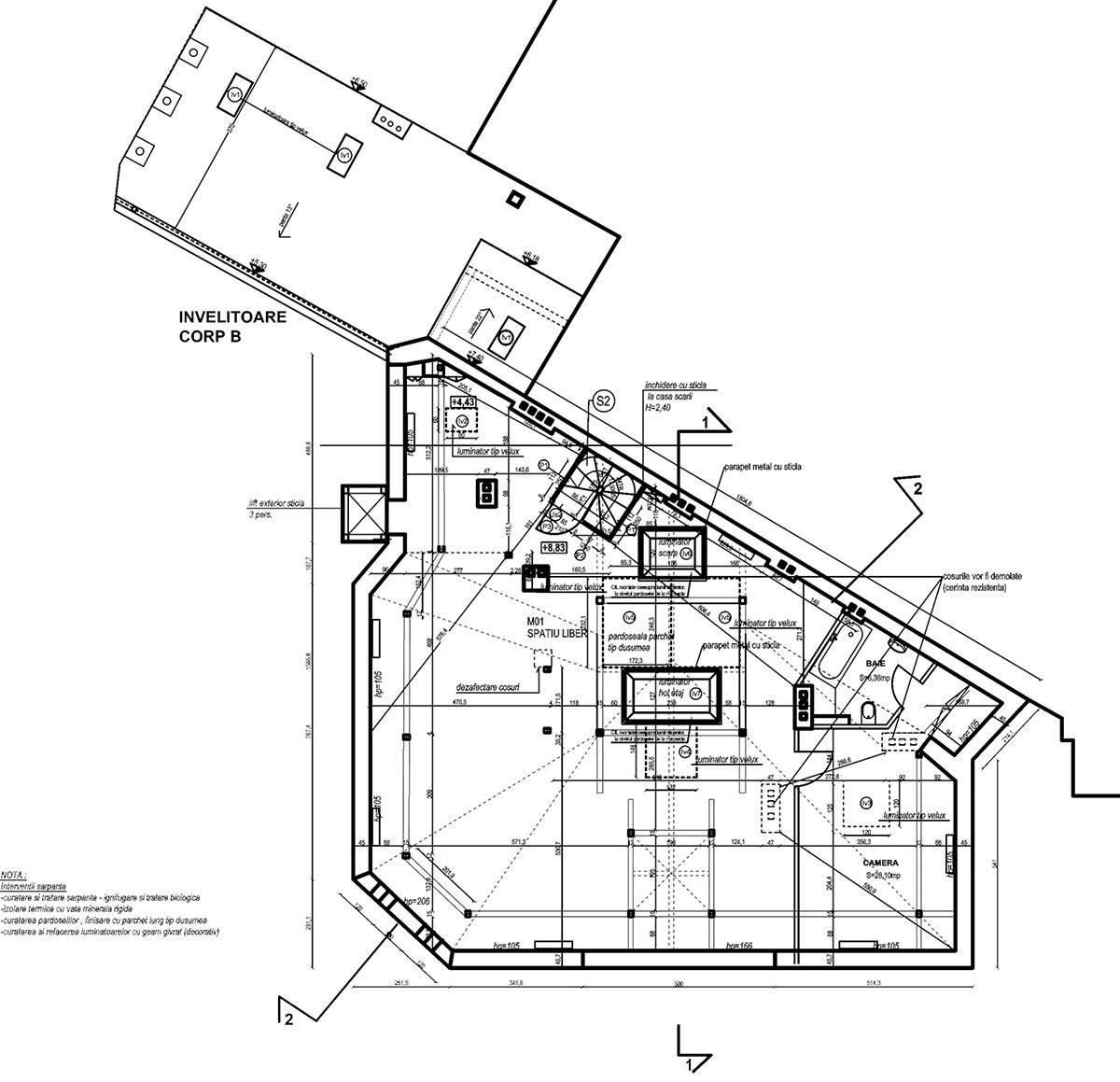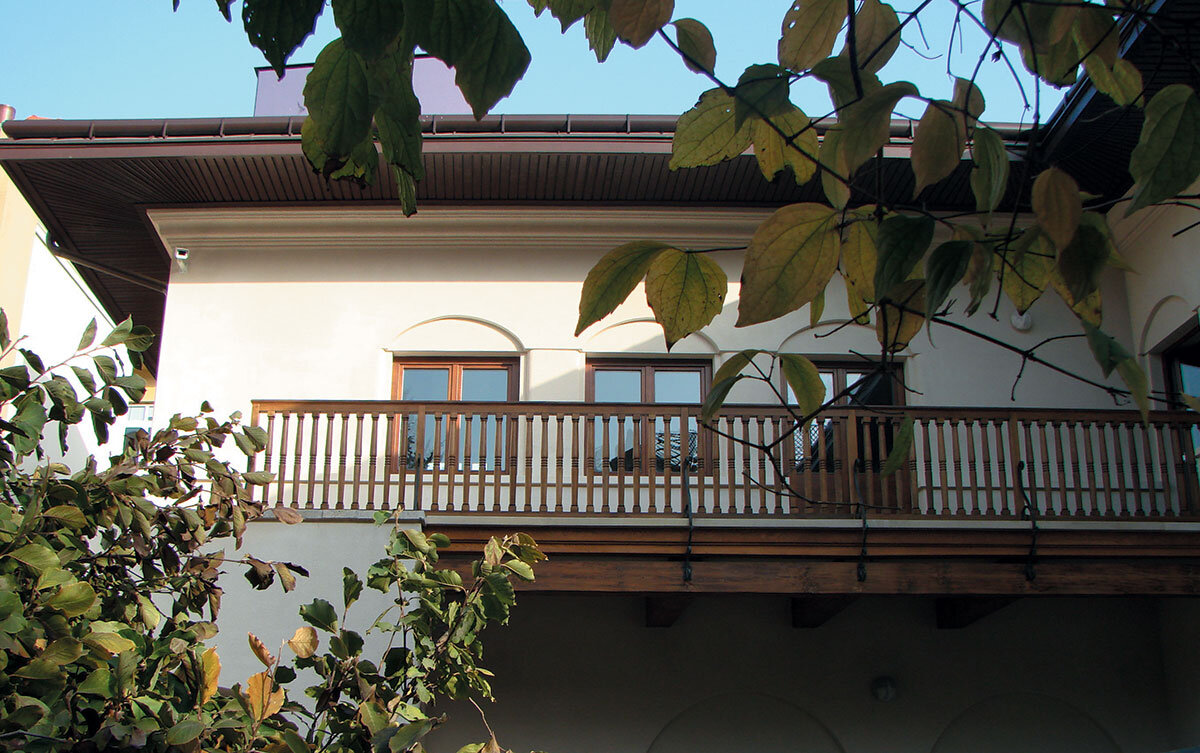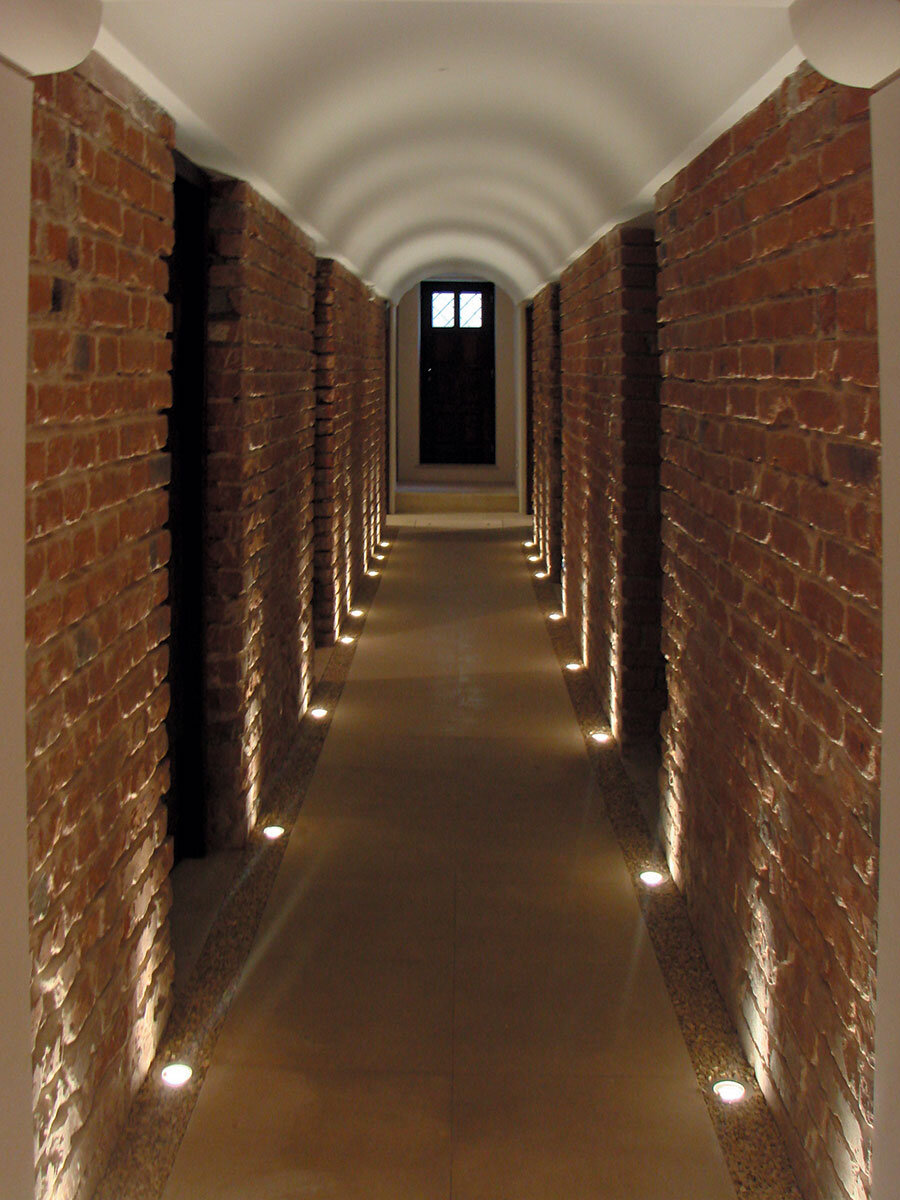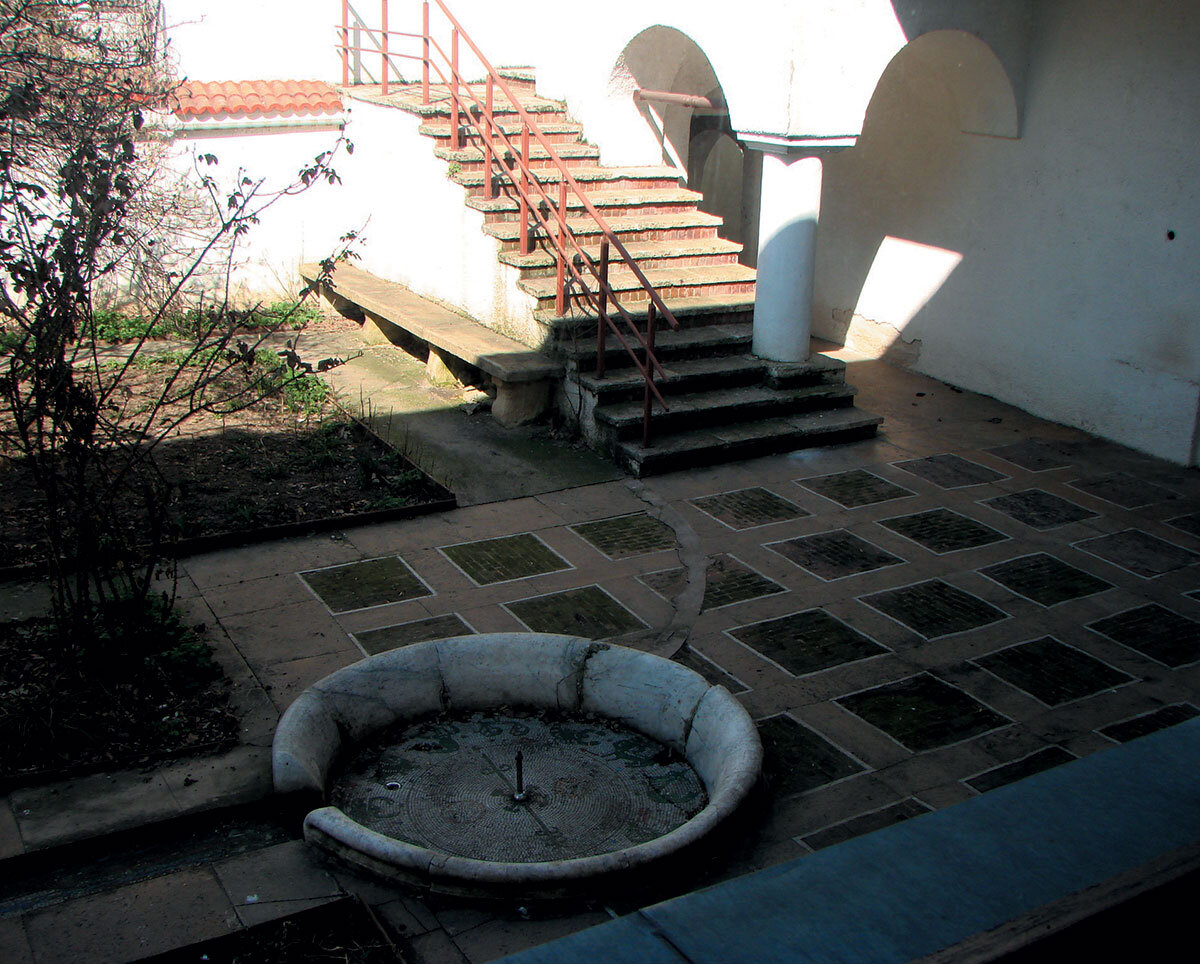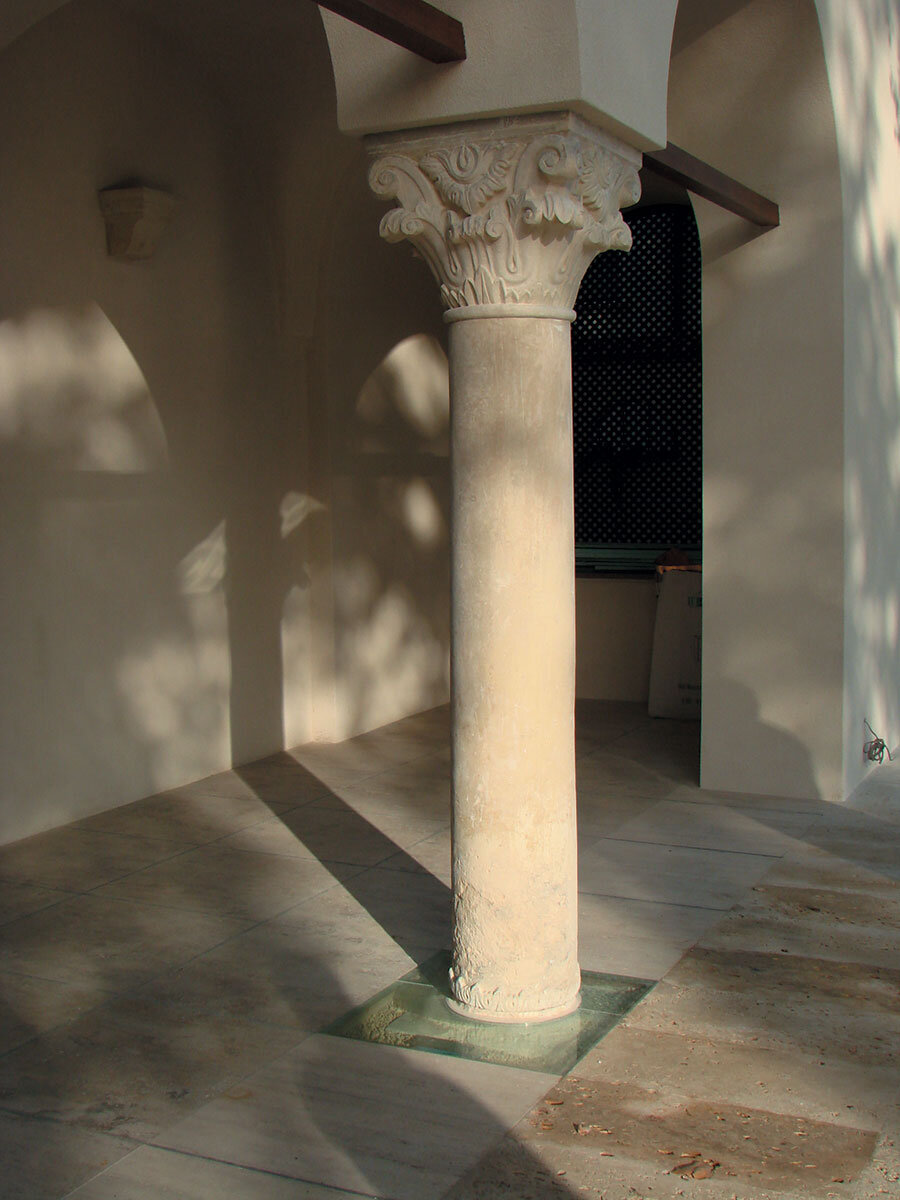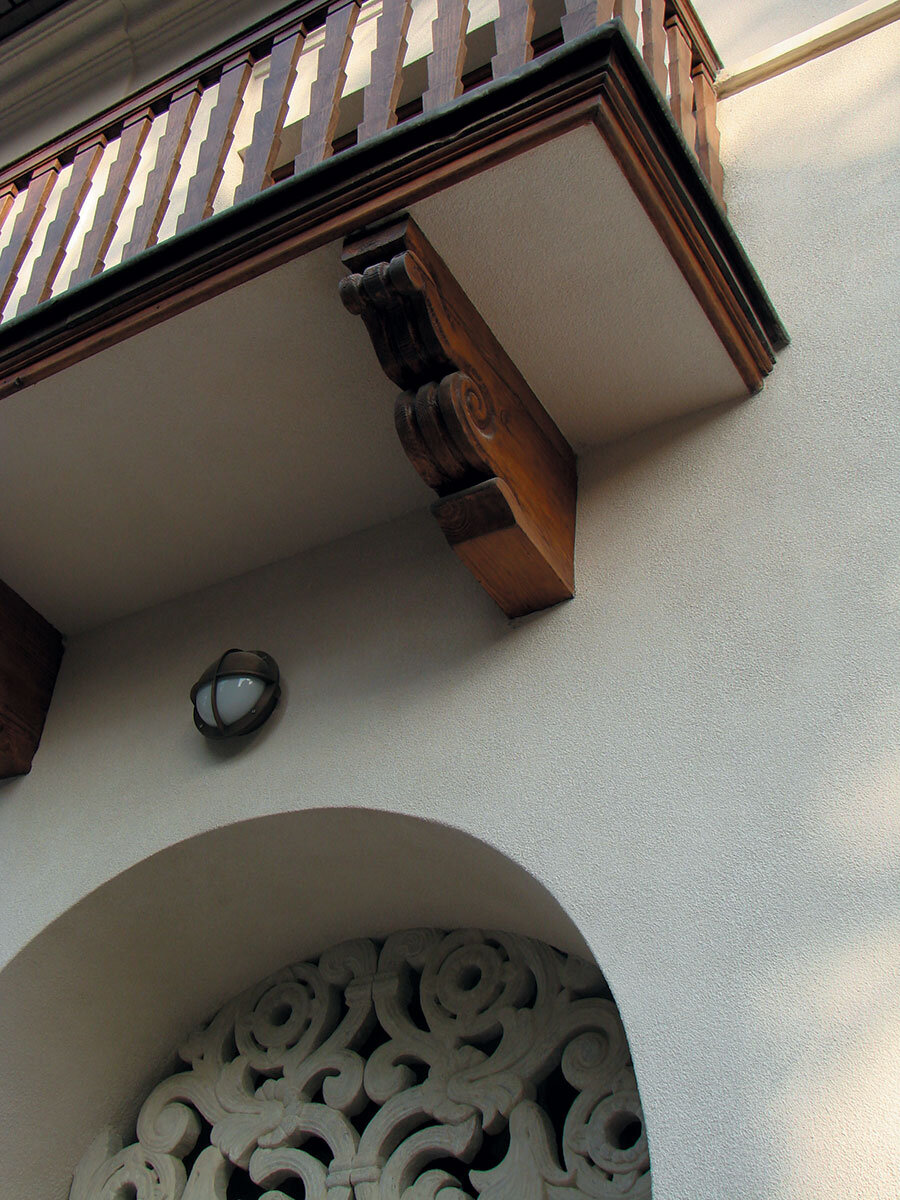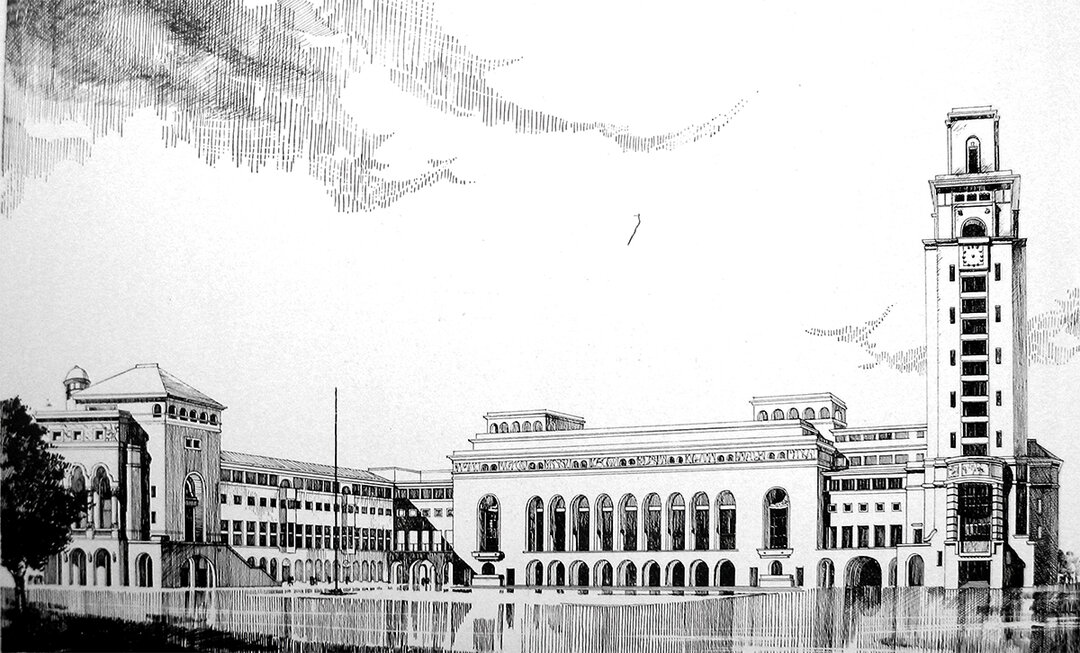
Living in Heritage Buildings
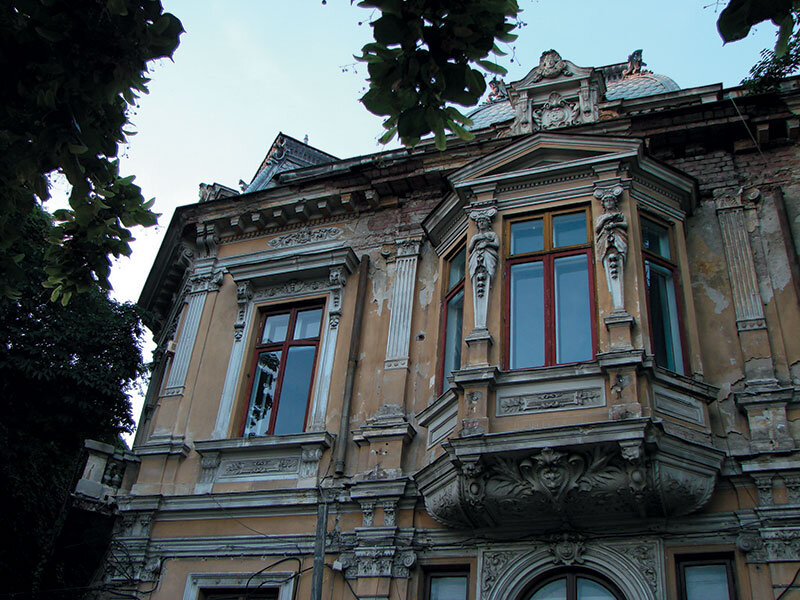
| "Heritage. This beautiful and ancient word was originally linked to the family, economic and legal structures of a stable society, rooted in space and time."Françoise Choay, The Allegory of Heritage, Simetria Publishing House, 1998 |
| Perhaps this is the attraction that some city dwellers feel, for no apparent reason, for heritage houses? Houses from not so distant eras, whose image makes them dream of the world they hide behind facades with 19th century ornaments or with the clean surfaces and design of the inter-war period, the vast majority of them have visible damage which seems to give them little chance of carrying on the story of those who built and lived in them. The heritage represented by the dwellings of past centuries is still all around us, along with the gardens and streets that seem to resist our contemporary civilization, especially the urban one, so greedy for profitability. The common urban fabric, especially in the extra-Carpathian cities, has its value, which these houses complement, and perhaps that is why refunctionalization and revitalization must be part of a holistic process, where the house is part of the music of the city. In fact, the restoration of a heritage building, inscribed on the List of Historical Monuments, as well as buildings that are part of Protected Built Areas, buildings with environmental value in the urban ensemble that are equally important for the quality of the published space and the lives of the inhabitants, is a process of endurance, both for the architect and the beneficiary. The architect has first and foremost to understand that house - its genesis, the life it has lived and its capacity to adapt to the present time, more than the restoration of an image that may seem merely an aesthetic operation for an old lady, but a process in which the building shines again, living a new life. The beneficiary is generally not tied to the original owner of the house - houses repossessed by former owners sell, and it is often difficult for the current owner to see more than the material value of the house - obviously when it returns to its former splendor. A survey, a historical study, old blueprints or even pieces of furniture and stoves magically left standing are the starting points in the decisions that the future owner will have to make, with the help of the architect, in order not to destroy the real values of the house and to be able to benefit from all the modern comforts and functional spaces that exist in contemporary homes. |
| Read the full text in issue 2 / 2015 of Arhitectura Magazine |
| Living in Heritage Buildings |
| Could the value of the cultural heritage possibly explain why people have a special attraction for heritage buildings? However, the majority of heritage buildings display visible damages that endanger their survival as witness of the past with great architectural value. But the value itself is not enough to protect buildings. There is a need for integrated restoration and conservation interventions, a process which requires endurance for the architect, the owners and the users of the buildings. It requires time and money. The architect understands the house genesis, its history, and the capacity to adapt a building to the present uses and materials, and his/ her professional approach is more than a simple intervention to restore an image or to perform a "facelift" for an old person. In reverse to that, the owner is the person of today with new cultural value and needs, living in a house of the past, and being interested in the market value of the building and how the building can satisfy his/her needs. The surveying plans, the historical studies, the original plans, or even old pieces of furniture and stoves, represent for the actual owner of a building crucial aspects to take into account, and in dialog with a specialized architect, they have to consider how the professional and cultural journey starts to protect and enhance the cultural and historical value of the building. Educating the public regarding obligations and responsibilities when living or owning a heritage house is essential. |
photo: Cătălina PREDA

